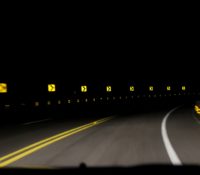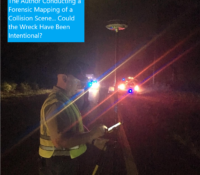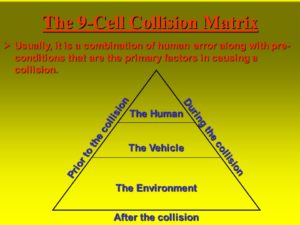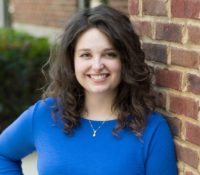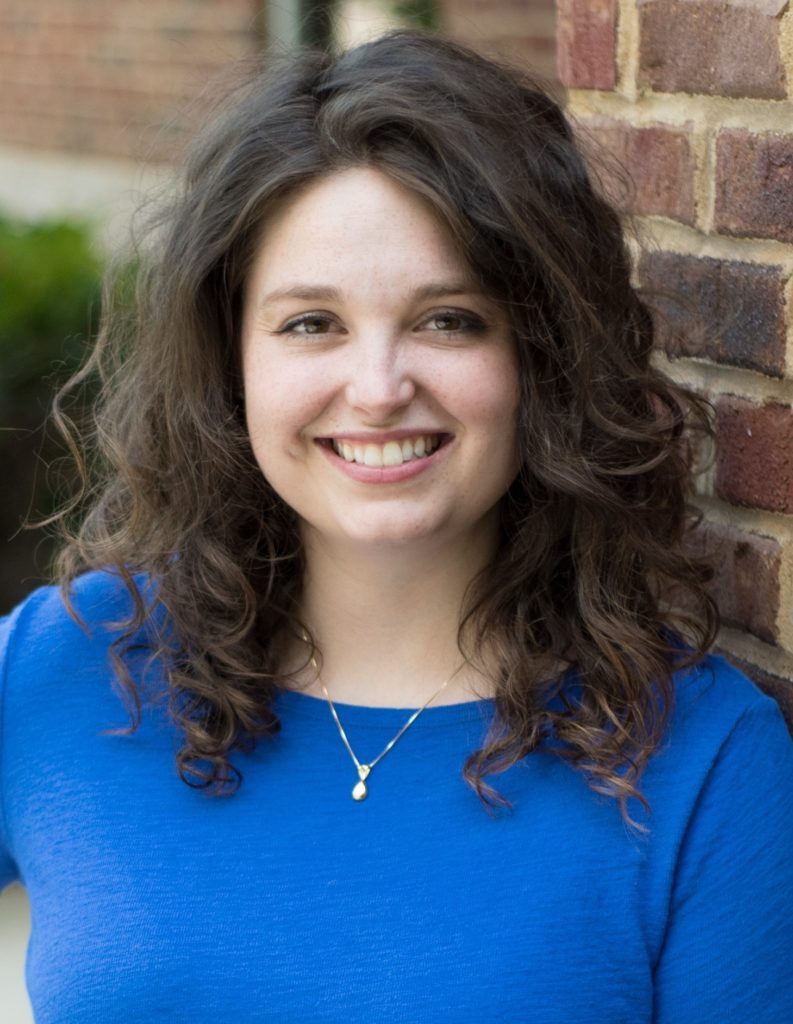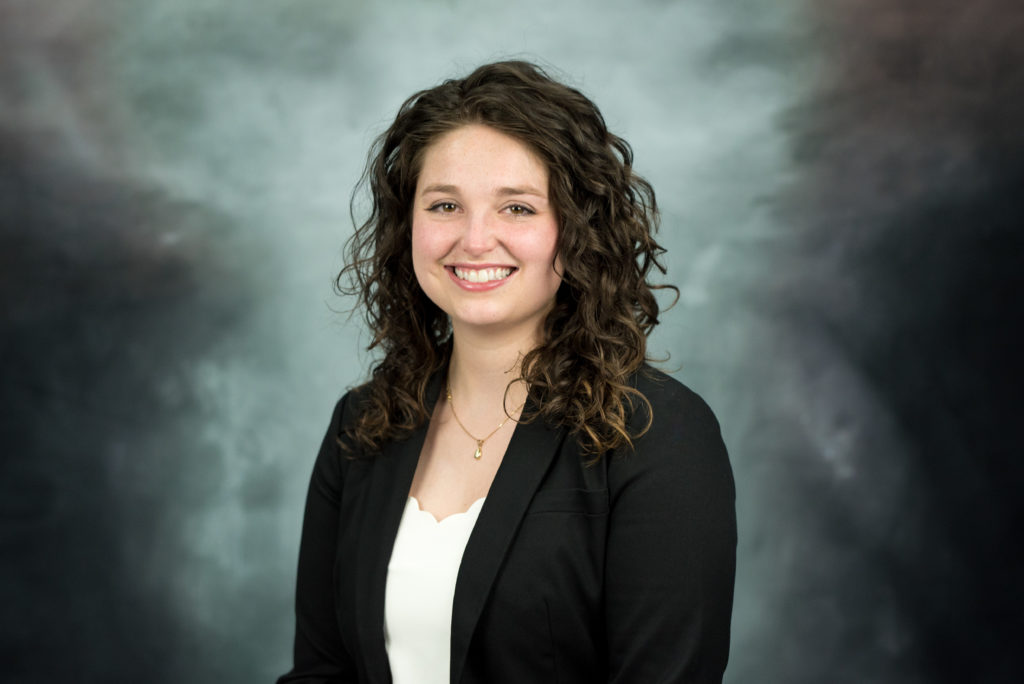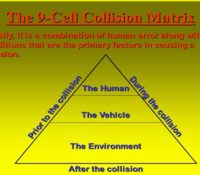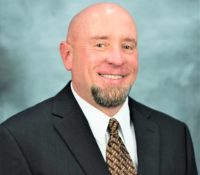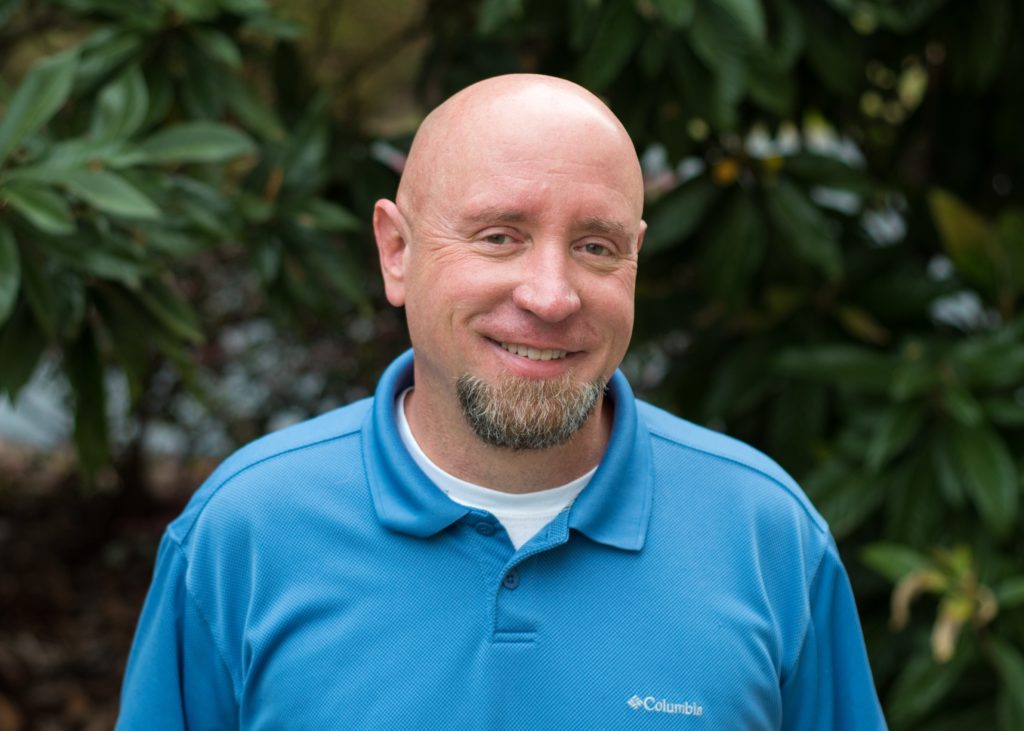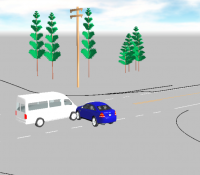The Difficult Task of Avoiding Pedestrians While Driving at Night
An alarming 6,516 pedestrians were killed, and 54,769 pedestrians were injured as a result of traffic crashes in 2020 (NHTSA, 2022). A large majority (77%) of these pedestrian fatalities occurred in low luminance conditions such as nighttime while only 20% occurred in daylight (NHTSA, 2022). This dramatic difference between pedestrian fatalities during the night and day is seen even when controlling for driver fatigue and alcohol consumption (Owens & Sivak, 1996). This phenomenon prompts the question as what is so dangerous about being a pedestrian at night? Read More



